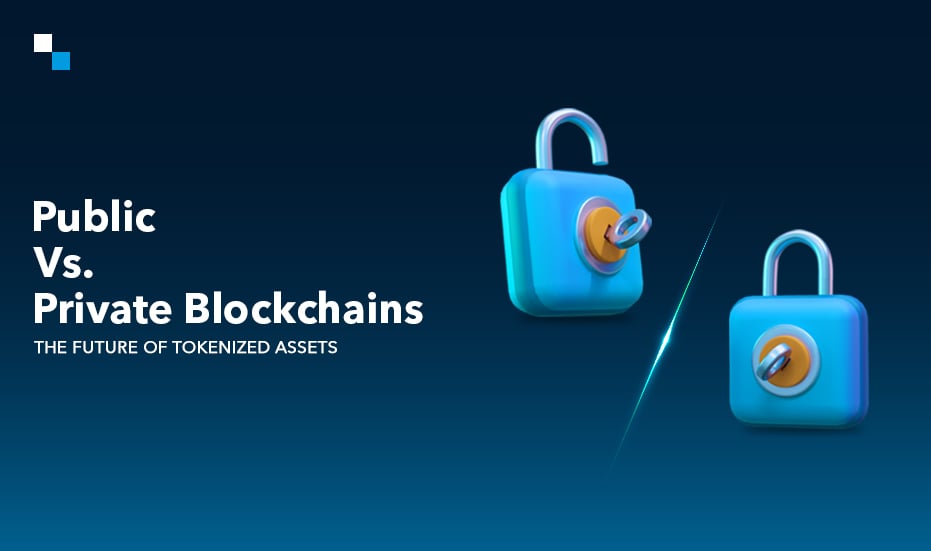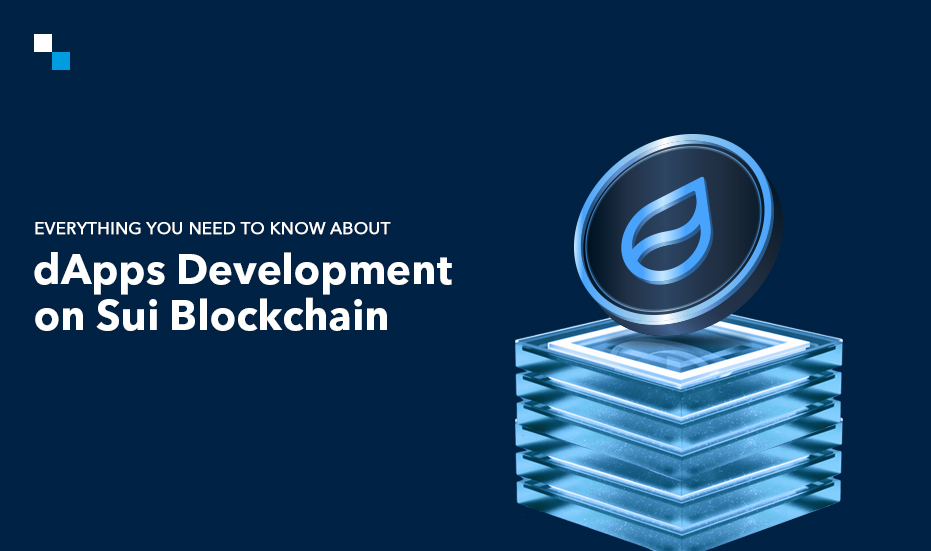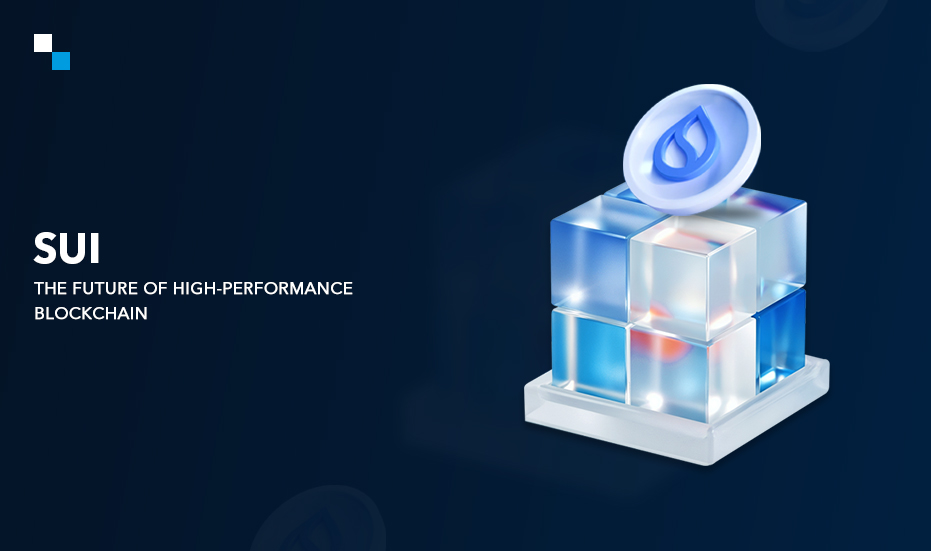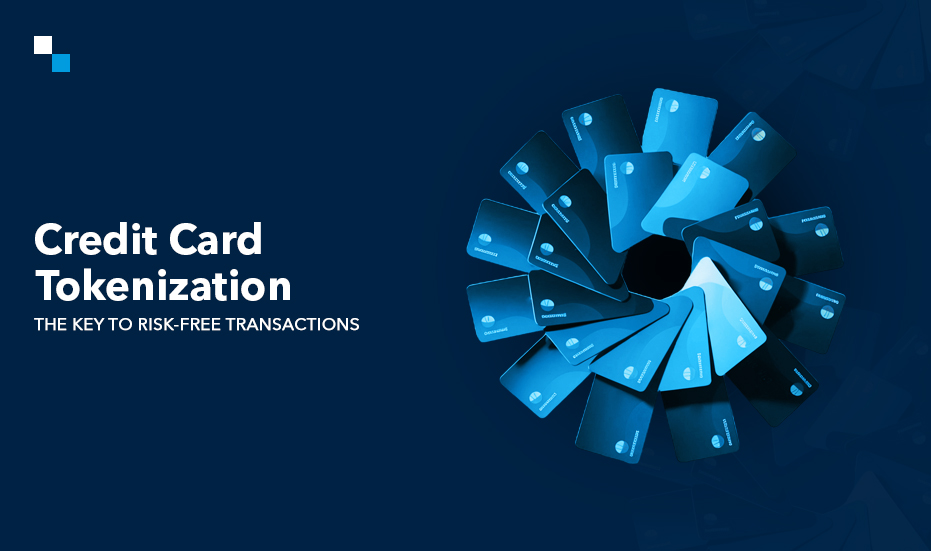
How to Create Your Own Gaming DAO Platform in 2 Weeks
November 26, 2024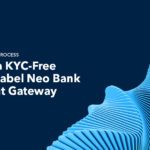
How to Build a White-Label Neo Bank Payment Gateway: A KYC-Free Approach
November 26, 2024In the rapidly evolving world of digital finance and blockchain technology, tokenized assets have emerged as a powerful tool for transforming traditional markets. Tokenization—the process of converting ownership of real-world assets into digital tokens on a blockchain—has the potential to revolutionize industries such as real estate, finance, art, and more. However, when it comes to implementing tokenized assets, choosing between public and private blockchains is a critical decision. This blog explores the key differences between tokenized assets on public and private blockchains, their respective benefits, and the importance of selecting the right blockchain type depending on asset class, target audience, and regulatory landscape.
What Are Tokenized Assets?
Tokenized assets are digital representations of real-world assets, such as real estate, stocks, art, or commodities, that exist on a blockchain. These tokens serve as proof of ownership, and through smart contracts, they enable the transfer, trading, and settlement of these assets digitally. Tokenization brings several advantages, such as increased liquidity, fractional ownership, and improved transparency.
Public Blockchains: Openness, Transparency, and Decentralization
Public blockchains, like Ethereum, Solana, and Bitcoin, are open to anyone who wants to participate. These blockchains are decentralized, meaning there is no central authority controlling the network. This allows for transparency, security, and censorship resistance, which makes them ideal for assets that require broad accessibility and trust.
Key Benefits of Tokenized Assets on Public Blockchains
- Decentralization and Trust: Public blockchains operate on decentralized networks, making them less vulnerable to single points of failure and malicious control. The transparency provided by public blockchains fosters trust among participants, as everyone can view transaction history and asset ownership records.
- Increased Liquidity: Since public blockchains have a large number of users and participants, tokenized assets can be easily traded, creating a more liquid market. This is especially beneficial for fractional ownership of high-value assets like real estate or art.
- Global Accessibility: Public blockchains are accessible to anyone with an internet connection, making them ideal for global transactions. This means that tokenized assets can be bought and sold by people from different parts of the world, democratizing access to investment opportunities.
- Transparency: The immutable and transparent nature of public blockchains allows users to trace ownership and transactions with ease. This helps in building trust and reduces the risks of fraud or errors in asset management.
Challenges of Tokenized Assets on Public Blockchains
- Scalability: Public blockchains often face scalability issues, especially when transaction volumes rise. This can lead to slow processing times and higher fees.
- Regulatory Uncertainty: The global nature of public blockchains means that they may fall under various jurisdictions, complicating compliance with local regulations. This can be particularly problematic for industries like finance, where strict regulations are often in place.
- Privacy Concerns: While transparency is a benefit, it can also be a downside for assets that require privacy, as all transaction details are publicly visible.
Private Blockchains: Control, Security, and Privacy
Private blockchains, on the other hand, are permissioned networks that restrict who can participate. Only approved entities can join the network and validate transactions. Private blockchains are commonly used by businesses and institutions that need greater control over the network, privacy, and scalability.
Key Benefits of Tokenized Assets on Private Blockchains
- Control and Permissioning: Private blockchains allow for more control over who can access and participate in the network. This makes them ideal for businesses that want to manage the participants in their ecosystem, such as banks, financial institutions, or corporations.
- Improved Privacy: Since private blockchains restrict access to transaction data, tokenized assets on these networks can provide a higher degree of privacy. This is particularly beneficial for sensitive transactions, such as financial trading or personal assets.
- Faster Transactions and Scalability: Private blockchains often have a more streamlined consensus mechanism, leading to faster transaction speeds and greater scalability. This is critical for industries that require real-time processing, like supply chains and high-frequency trading.
- Regulatory Compliance: Private blockchains can be designed to comply with industry-specific regulations, such as the General Data Protection Regulation (GDPR) in Europe or the U.S. Securities and Exchange Commission (SEC) guidelines. This allows businesses to maintain control over compliance without the complexities of navigating global legal frameworks.
Challenges of Tokenized Assets on Private Blockchains
- Centralization: Private blockchains are more centralized than public ones, which may reduce trust among participants. The lack of a decentralized network can also lead to concerns over control and potential manipulation.
- Limited Accessibility: Since participation in private blockchains is permissioned, access to tokenized assets is often restricted to specific users or organizations. This reduces the liquidity and global reach of the asset.
- Higher Costs for Network Management: Managing a private blockchain requires infrastructure, administrative costs, and governance, which can be resource-intensive compared to public blockchains.
Selecting the Right Blockchain for Tokenized Assets: Factors to Consider
When deciding whether to use a public or private blockchain for tokenized assets, several key factors must be considered:
- Asset Class: Different assets may have different requirements in terms of transparency, security, and scalability. For example, real estate tokens might benefit from the global reach and transparency of a public blockchain, while corporate equity or private debt tokens may be better suited for a private blockchain to maintain privacy and regulatory compliance.
- Target Audience: If the goal is to allow a broad, global audience to invest in or trade tokenized assets, a public blockchain is likely a better option due to its accessibility. However, if the asset is intended for a specific group of investors or institutions, a private blockchain offers the control and privacy needed.
- Regulatory Requirements: Regulatory compliance is a significant factor in determining the blockchain platform. Public blockchains may struggle with regulatory uncertainty, especially in industries like finance, while private blockchains can be tailored to meet specific legal and regulatory requirements.
- Liquidity and Market Access: Public blockchains generally provide better liquidity due to their larger user base. If liquidity is a priority for the tokenized asset, a public blockchain is likely a better fit. Conversely, private blockchains may be more suitable for niche markets where liquidity is less of a concern.

Conclusion: The Right Blockchain for the Right Asset
Both public and private blockchains have their distinct advantages when it comes to tokenized assets. Public blockchains offer transparency, decentralization, and global accessibility, making them ideal for democratizing access to assets. Private blockchains, on the other hand, provide greater control, privacy, and scalability, making them better suited for businesses with specific regulatory or security needs.
Ultimately, the choice between public and private blockchains depends on the asset class, target audience, and regulatory requirements. By understanding these differences and carefully assessing the needs of their digital assets, businesses and investors can unlock the full potential of tokenization and make more informed decisions in this exciting new space.
